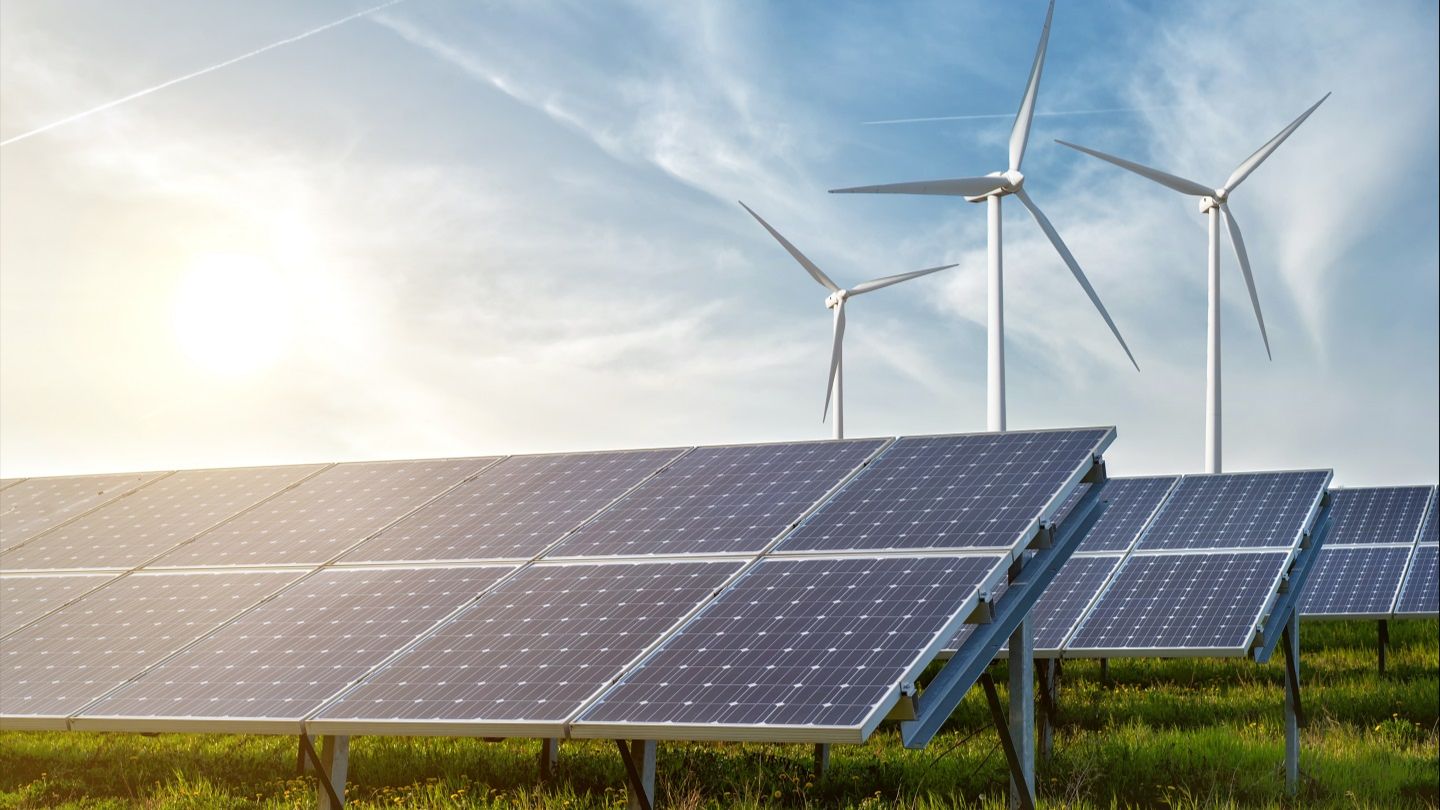
Indonesia’s state-owned utility Perusahaan Listrik Negara (PLN) is looking to build up to 32GW of renewable energy and invest in a transmission system that can connect to renewable energy, Reuters reports.
PLN CEO Darmawan Prasodjo stated that this move is part of the company’s plan to reduce its reliance on coal and speed up the adoption of renewables to generate the country’s power output.
Prasodjo noted that the company is revising its power supply master plan to include more renewables.
As per the current 2021–30 plan, it aims to bring its renewables capacity to 21GW, nearly 51% of its total new additional power generation capacity for the period.
Prasodjo was quoted as saying: “With this accelerated renewable energy development, 75% of our additional generation capacity will be based on renewables and 25% will be gas-based.”
He did not disclose any specific details or how the plan will change the country’s power mix, where roughly 14% of the energy currently comes from renewable sources.
PLN also has plans to refresh its grid to add the capability of connecting more renewables to it. This is expected to increase the variable power load coming from renewables to 28GW from the present 5GW.
Indonesia’s Senior Cabinet Minister, Luhut Pandjaitan, stated that the country is expected to use funds pledged under the Just Energy Transition Plan to finance PLN for this transition.
Last October, the utility announced plans to retire its coal power plants early. The company’s installed power capacity was 63.3GW at the end of 2020, of which 50% was supplied by coal.



